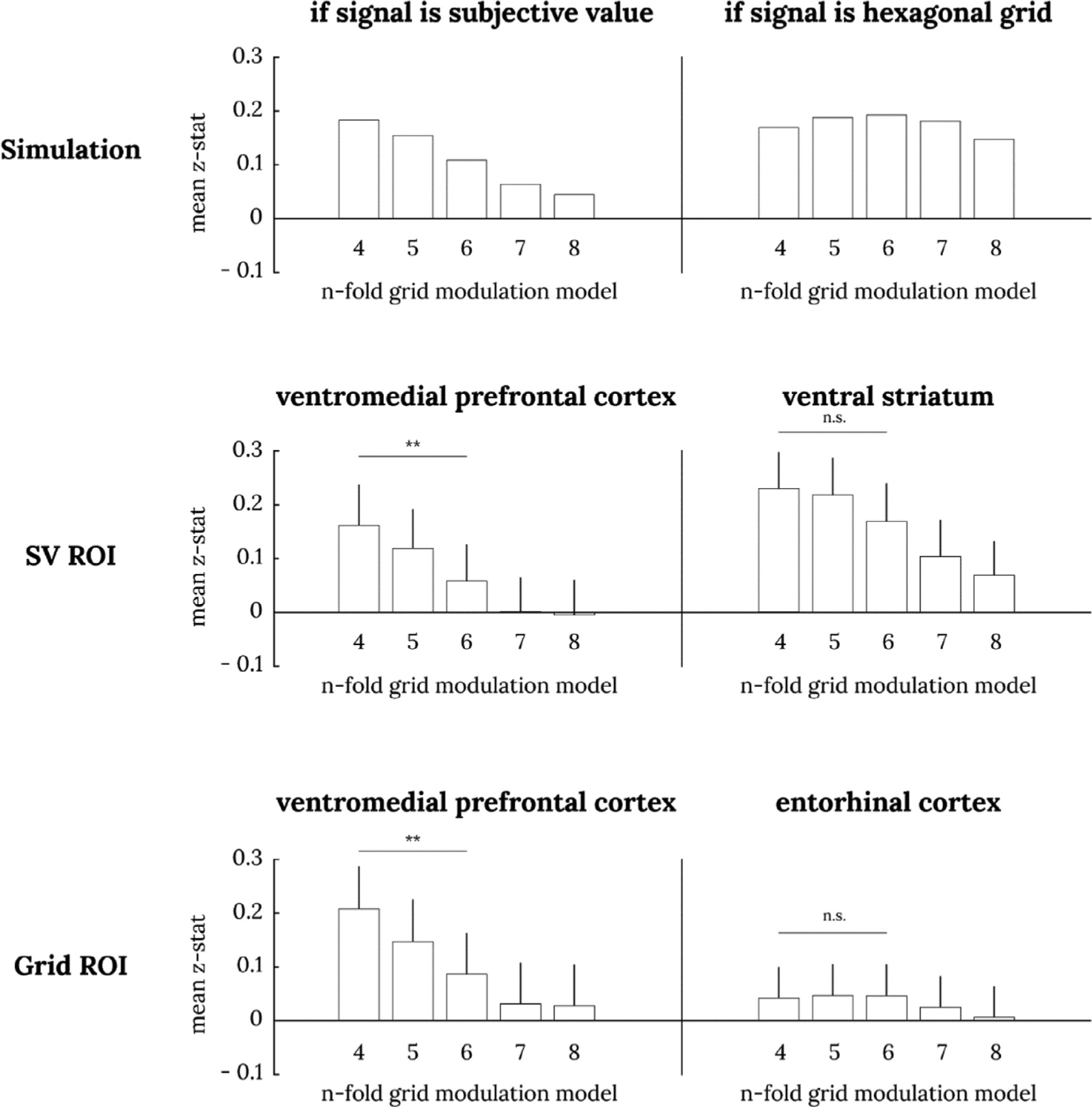Fig. 8. Grid-angle consistency analysis in session 2 data.

The top two panels show simulated results of grid-angle consistency analysis when the true signal is subjective value (left) or a hexagonal gridlike code (right). When the true signal is subjective value, we expect a descending staircase pattern, and when the true signal is a hexagonal grid, we expect a pyramid pattern. The middle two panels show the grid-angle consistency analysis in subjective value ROIs from Bartra et al. (2013); the bottom two panels show them for hexagonal grid ROIs from Constantinescu et al. (2016). Paired t-test between 4-fold and 6-fold: ** p < .01. Only 4-fold models are significantly different from zero (uncorrected p < .05) in vmPFC ROIs. 4-fold, 5-fold, and 6-fold models are all significantly different from zero (uncorrected p < .05) in the ventral striatum ROI. No models are significantly different from zero in entorhinal cortex.
